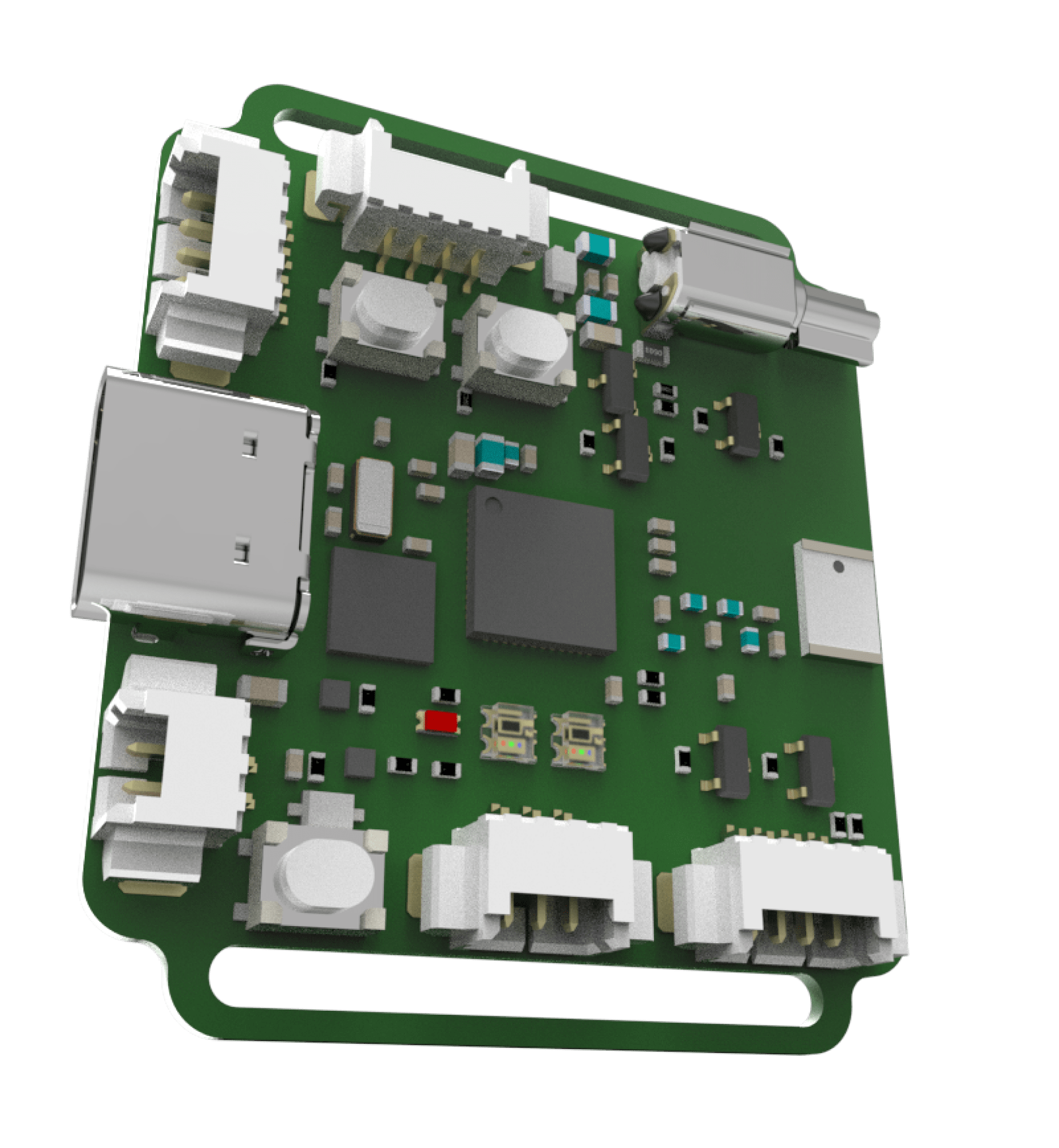Hey there, tech enthusiasts! If you're reading this, chances are you've been looking for ways to harness the full potential of remote IoT platforms through SSH on your Android device. Well, buckle up because we’re diving deep into the world of IoT connectivity, security, and convenience. Remote IoT platforms have revolutionized how we interact with devices, and now you can take full control right from your pocket. Let's get started!
Whether you're managing home automation systems, monitoring industrial equipment, or just tinkering with DIY projects, having the ability to SSH into your IoT devices from an Android phone is a game-changer. In this guide, we'll walk you through everything you need to know about remote IoT platforms, SSH connections, and the best tools for downloading and setting up SSH clients on Android.
So, if you've been searching for "remote IoT platform SSH download Android," you're in the right place. This article is packed with practical tips, step-by-step instructions, and expert advice to help you master remote access for your IoT devices. Let's dive in!
Table of Contents
- What is a Remote IoT Platform?
- Why Use SSH for IoT Devices?
- Top Android-Compatible SSH Tools
- Step-by-Step Guide to Download SSH on Android
- Security Best Practices for Remote IoT Access
- Troubleshooting Tips for SSH Connections
- Frequently Asked Questions
- Benefits of Using Remote IoT Platforms
- The Future of IoT and SSH Technology
- Conclusion and Next Steps
What is a Remote IoT Platform?
A remote IoT platform is like the brain of your smart device ecosystem. It allows you to manage, monitor, and control IoT devices from anywhere in the world. Think of it as a centralized hub where all your connected gadgets communicate and share data. Whether it's a smart thermostat, security camera, or industrial sensor, these platforms provide the infrastructure needed to keep everything running smoothly.
Key Features of Remote IoT Platforms
Remote IoT platforms come equipped with a variety of features that make managing your devices a breeze. Here are some of the most important ones:
- Data Collection and Analysis: Gather insights from your devices to optimize performance.
- Real-Time Monitoring: Keep an eye on your devices no matter where you are.
- Automation: Set up rules and schedules to automate tasks.
- Scalability: Easily add or remove devices as your needs change.
But here's the catch—without secure access methods like SSH, your IoT setup could be vulnerable to cyber threats. That's why understanding SSH is crucial for anyone diving into the world of remote IoT platforms.
- Andrea Barber Age Then Now Kimmy Gibblers Life Today
- Tito Jacksons Net Worth The Untold Story Behind The Millions
Why Use SSH for IoT Devices?
SSH, or Secure Shell, is the gold standard for secure remote access. It encrypts your communications, ensuring that sensitive information stays private. When it comes to IoT devices, SSH provides a reliable way to connect, configure, and troubleshoot without exposing your network to potential breaches.
Here’s why SSH is such a big deal:
- Encryption: SSH encrypts all data transmitted between your device and the server, making it nearly impossible for hackers to intercept.
- Authentication: SSH uses public-key cryptography to verify the identity of both parties, adding an extra layer of security.
- Command Execution: You can run commands directly on your IoT devices, giving you full control over their operations.
For Android users, the ability to SSH into IoT devices opens up a world of possibilities. No longer are you tied to a desktop or laptop—your smartphone becomes a powerful tool for managing your IoT ecosystem.
Top Android-Compatible SSH Tools
Now that you understand the importance of SSH, let's talk about the tools you'll need to get started on Android. There are several excellent apps available that make SSH connections a breeze. Here are some of our top picks:
1. JuiceSSH
JuiceSSH is one of the most popular SSH clients for Android. It's user-friendly, feature-rich, and offers both free and paid versions. With JuiceSSH, you can:
- Connect to multiple servers simultaneously.
- Use public-key authentication for added security.
- Customize your terminal settings for a personalized experience.
2. Serverauditor
Serverauditor is another great option for Android users. It's designed specifically for managing remote servers and IoT devices. Key features include:
- Advanced session management.
- Support for multiple protocols, including SSH and Telnet.
- A clean and intuitive interface.
3. ConnectBot
For those who prefer open-source solutions, ConnectBot is a fantastic choice. It's lightweight, reliable, and completely free. ConnectBot offers:
- Public-key and password-based authentication.
- Support for SSH tunnels.
- An active community for troubleshooting and support.
With these tools at your disposal, setting up SSH on Android has never been easier. But before we dive into the setup process, let's take a moment to talk about security.
Step-by-Step Guide to Download SSH on Android
Ready to get started? Follow these simple steps to download and set up SSH on your Android device:
Step 1: Choose Your SSH Client
Head over to the Google Play Store and search for one of the SSH clients we mentioned earlier. For this example, let's use JuiceSSH.
Step 2: Install the App
Once you've found the app, tap the "Install" button and wait for the download to complete. It's that easy!
Step 3: Set Up Your First Connection
Open the app and create a new connection profile. You'll need to enter the following details:
- Host: The IP address or domain name of your IoT device.
- Port: Typically, SSH uses port 22, but check your device's documentation to be sure.
- Username: Your login credentials for the device.
- Password: Optional if you're using public-key authentication.
Step 4: Connect and Explore
Once your profile is set up, hit the "Connect" button and you'll be logged into your IoT device via SSH. From here, you can execute commands, transfer files, and manage settings just like you would on a desktop.
Security Best Practices for Remote IoT Access
Security should always be a top priority when working with IoT devices. Here are some best practices to keep your setup safe:
- Use Strong Passwords: Avoid using simple or easily guessed passwords. Consider using a password manager for added security.
- Enable Two-Factor Authentication: Add an extra layer of protection by requiring a second form of verification.
- Regularly Update Firmware: Keep your devices and software up to date to protect against known vulnerabilities.
- Limit Access: Only grant SSH access to trusted users and devices.
By following these guidelines, you can ensure that your remote IoT platform remains secure and reliable.
Troubleshooting Tips for SSH Connections
Even with the best tools and practices, issues can arise. Here are some common problems and how to fix them:
Connection Refused
If you're unable to establish a connection, double-check your IP address, port number, and login credentials. Ensure that the SSH service is running on the target device and that there are no firewalls blocking the connection.
Authentication Failed
This usually indicates an issue with your username or password. Verify that you're entering the correct information and, if using public-key authentication, ensure that your key is properly configured.
Slow Performance
If your SSH sessions are running slowly, try optimizing your network settings or switching to a different SSH client.
Frequently Asked Questions
Let's address some common questions about remote IoT platforms and SSH on Android:
Q: Can I use SSH on all IoT devices?
A: Most modern IoT devices support SSH, but it depends on the manufacturer and the specific model. Always check the documentation for your device.
Q: Is SSH the only way to access IoT devices remotely?
A: No, there are other methods like Telnet and web interfaces, but SSH is generally considered the most secure and reliable.
Q: Do I need technical expertise to use SSH?
A: While some knowledge of networking and command-line interfaces is helpful, many SSH clients are designed to be user-friendly, even for beginners.
Benefits of Using Remote IoT Platforms
Remote IoT platforms offer numerous advantages for individuals and businesses alike. Here are just a few:
- Increased Efficiency: Automate tasks and streamline operations.
- Cost Savings: Reduce the need for physical on-site maintenance.
- Improved Security: Monitor and protect your devices from potential threats.
- Scalability: Easily expand your IoT ecosystem as your needs grow.
With the right tools and strategies, remote IoT platforms can transform the way you manage your connected devices.
The Future of IoT and SSH Technology
As technology continues to evolve, the possibilities for IoT and SSH are virtually limitless. We're already seeing advancements in areas like edge computing, AI integration, and 5G connectivity, all of which will enhance the capabilities of remote IoT platforms.
Imagine a world where your entire home, office, or factory is seamlessly connected and controlled from a single device. With SSH providing secure access and remote IoT platforms managing the backend, the future is closer than you think.
Conclusion and Next Steps
That’s a wrap on our deep dive into remote IoT platforms and SSH on Android! We’ve covered everything from the basics of remote access to advanced security tips and future trends. By now, you should have a solid understanding of how to leverage these technologies to enhance your IoT experience.
So, what’s next? Start by downloading an SSH client on your Android device and experimenting with your IoT setup. Remember to prioritize security and always stay informed about the latest developments in the field.
And don’t forget to share this article with your fellow tech enthusiasts! Together, we can build a smarter, more connected world. Until next time, stay curious and keep exploring!



Detail Author:
- Name : Jayda Rice I
- Username : cleta47
- Email : russel.chase@herzog.com
- Birthdate : 1981-11-16
- Address : 1562 Wiegand Square East Andersonville, KY 16997
- Phone : 571.368.4869
- Company : Murray Ltd
- Job : Singer
- Bio : Quis similique nihil reprehenderit eos labore voluptatem. Velit quaerat quis quia voluptas ut. Ipsam quas rem qui.
Socials
linkedin:
- url : https://linkedin.com/in/corkery1980
- username : corkery1980
- bio : Modi eveniet magni et.
- followers : 3492
- following : 391
instagram:
- url : https://instagram.com/corkerya
- username : corkerya
- bio : Amet ut quas aut veniam. Autem quasi minima et fugiat.
- followers : 492
- following : 1103
twitter:
- url : https://twitter.com/ari_corkery
- username : ari_corkery
- bio : Dolorem consequatur quasi ad repellat. Consequatur quis enim et accusamus perspiciatis rerum dolorum quia. Quibusdam esse aliquid ad laudantium omnis eligendi.
- followers : 2519
- following : 2138
tiktok:
- url : https://tiktok.com/@ari_dev
- username : ari_dev
- bio : Commodi repellendus itaque doloribus consequatur.
- followers : 926
- following : 117